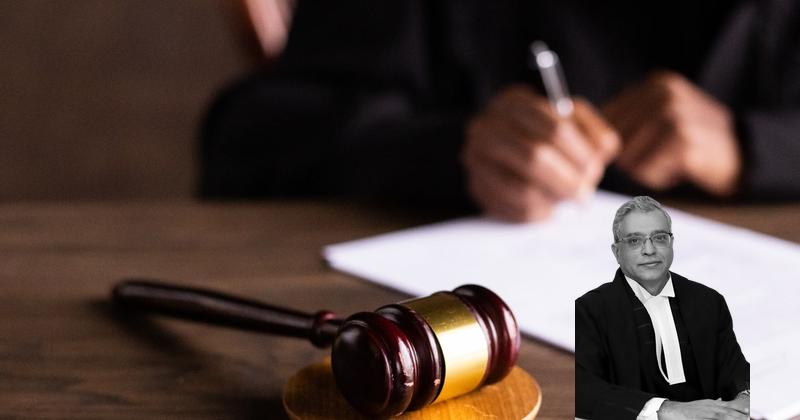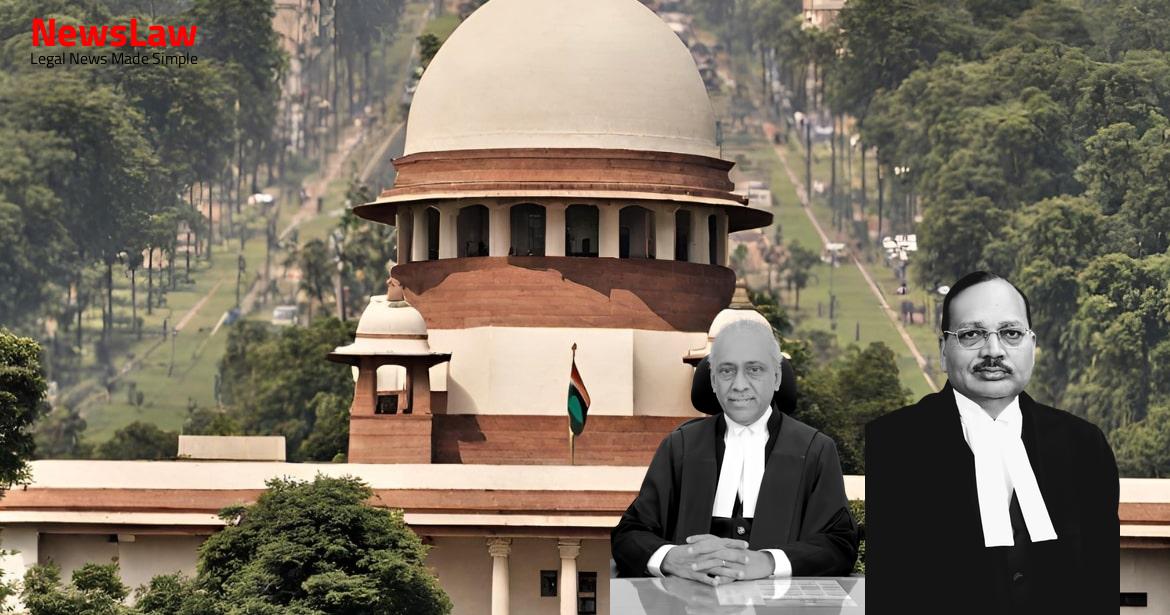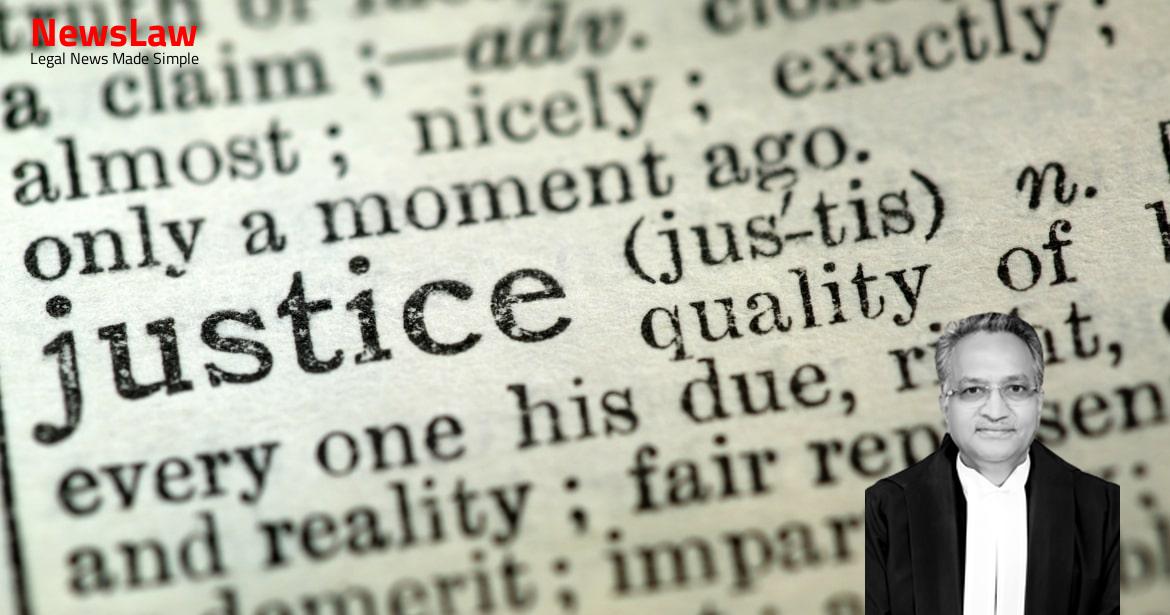The High Court conducted a thorough legal analysis in a case concerning a building safety dispute. The court focused on the necessity of adherence to structural stability certifications and the enforcement of safety measures under the Municipal Corporation Act. This blog delves into the court’s reasoning and decision in upholding eviction notices to safeguard public interest and prevent potential hazards.
Facts
- The building in question was categorized as C-1, the most dangerous, in a structural audit report.
- A redevelopment agreement was approved at a special general body meeting on 10.11.2014 and registered on 22.12.2014.
- There was a dispute regarding the regularization of the terrace of Flat No 9 owned by the appellants in the building.
- A structural audit was conducted on 22.07.2014 as the building had completed 55 years of its existence.
- The appellants filed Writ Petition No 2190/2015 before the High Court challenging the demolition notices.
- All occupants were put on notice for demolition and to vacate the flats.
- The dispute arose from unauthorized changes made in the structure of Flat No 9 by the appellants.
- A civil suit filed by the appellants in this regard was dismissed.
- Notice under Section 354 of the 1988 Act was issued for demolishing the building.
- The Builder/Developer (Respondent No. 5) was added as a party respondent in the proceedings.
- High Court considered the facts and evidence on record.
- The building where the disputed flat is located was declared ruinous, dilapidated, and dangerous.
- The High Court dismissed the writ petition challenging the demolition and eviction notices.
- The notices were issued under the Mumbai Municipal Corporation Act.
Also Read: Assessment of Loss of Earning Capacity in Motor Accident Claim
Arguments
- It was submitted that the High Court has rightly held that the redevelopment of the property ensures the appellants have a decent, safe, and stable structure, with their rights in the flat fully protected.
- The impugned order passed by the High Court was defended as neither perverse nor irregular.
- There is a dispute regarding the regularization of the terrace of the flat owned by the appellants, which is a separate issue from the safety concerns of the building.
- The building is deemed unsafe for habitation due to the pending issue of terrace regularization, and all other residents have vacated the premises except the appellants who are challenging the notice under Section 354 of the MMC Act.
Also Read: Enhancement of Compensation in Workmen’s Compensation Act Case
Analysis
- The building in question, constructed in 1967 and 55 years old, is in a ruinous state and unsafe for human habitation.
- Structural audit revealed significant deterioration with the loss of strength in most structural elements, making the building unfit for design load carrying as per IS codes.
- Legal measures under Section 353B of the MMC Act, 1888, are necessary to certify safety and stability.
- The Municipal Commissioner’s satisfaction with audit results is crucial and not found to be illegal or perverse.
- Rights of appellants in the building are protected and provided with alternative accommodation during reconstruction.
- Proper compensation, shifting, and transport assistance are provided to occupants affected by the building’s demolition.
- The building’s C1 categorization requires immediate evacuation to prevent potential mishaps and loss of life.
- The dissatisfaction of appellants with the eviction notice did not demonstrate any manifest illegality or perversity.
- Emphasis on maintaining status quo in appellate proceedings highlights the importance of legal process adherence.
- Post-reconstruction, residents will have safe and stable structures for habitation.
- Section 353B of the MMC Act requires owners or occupiers of buildings older than thirty years to obtain a Structural Stability Certificate from a registered Structural Engineer.
- The Structural Stability Certificate must be submitted to the Commissioner within one year of the building turning thirty years old, and every ten years thereafter.
- The Commissioner can also direct owners or occupiers to submit the certificate at any time if deemed necessary.
- If corrective repairs are recommended for structural stability, they must be carried out to the satisfaction of the Commissioner.
- Failure to carry out corrective repairs within the specified time may result in the Commissioner carrying out the repairs at the owner’s expense.
- Disputes regarding repair expenses can be appealed to the Chief Judge of the Small Causes Court, with certain conditions.
- If the appeal is successful and excess expenses were deposited, the Commissioner will adjust the amount towards future property tax.
- Section 354 of the MMC Act empowers the Commissioner to issue notices for dangerous structures, requiring owners or occupiers to take necessary actions for safety.
- Pending legal disputes regarding unauthorized alterations can impact enforcement actions related to structural stability.
- The appellants being senior citizens does not justify leniency in the matter, considering public interest and safety.
- Media reports of collapse of old structures in Mumbai causing loss of lives are taken into account.
- Interfering in the matter could jeopardize the lives of the residents and pose a risk to the general public.
- The High Court’s dismissal of the challenge to the demolition and eviction notices is upheld.
- No grounds exist to interfere with the impugned notices.
Also Read: Determining Compensation in Motor Accident Claim Cases: Legal Analysis
Decision
- The appeal has been dismissed.
- All pending applications have been disposed of.
- The contempt petition filed by the appellants has also been disposed of.
Case Title: RATILAL S. PUJARA (SINCE DECEASED) THR. HIS L.RS Vs. MUNICIPAL COMMISSIONER, MUNICIPAL CORPORATION OF GREATER MUMBAI (2022 INSC 867)
Case Number: C.A. No.-005825-005825 / 2022



